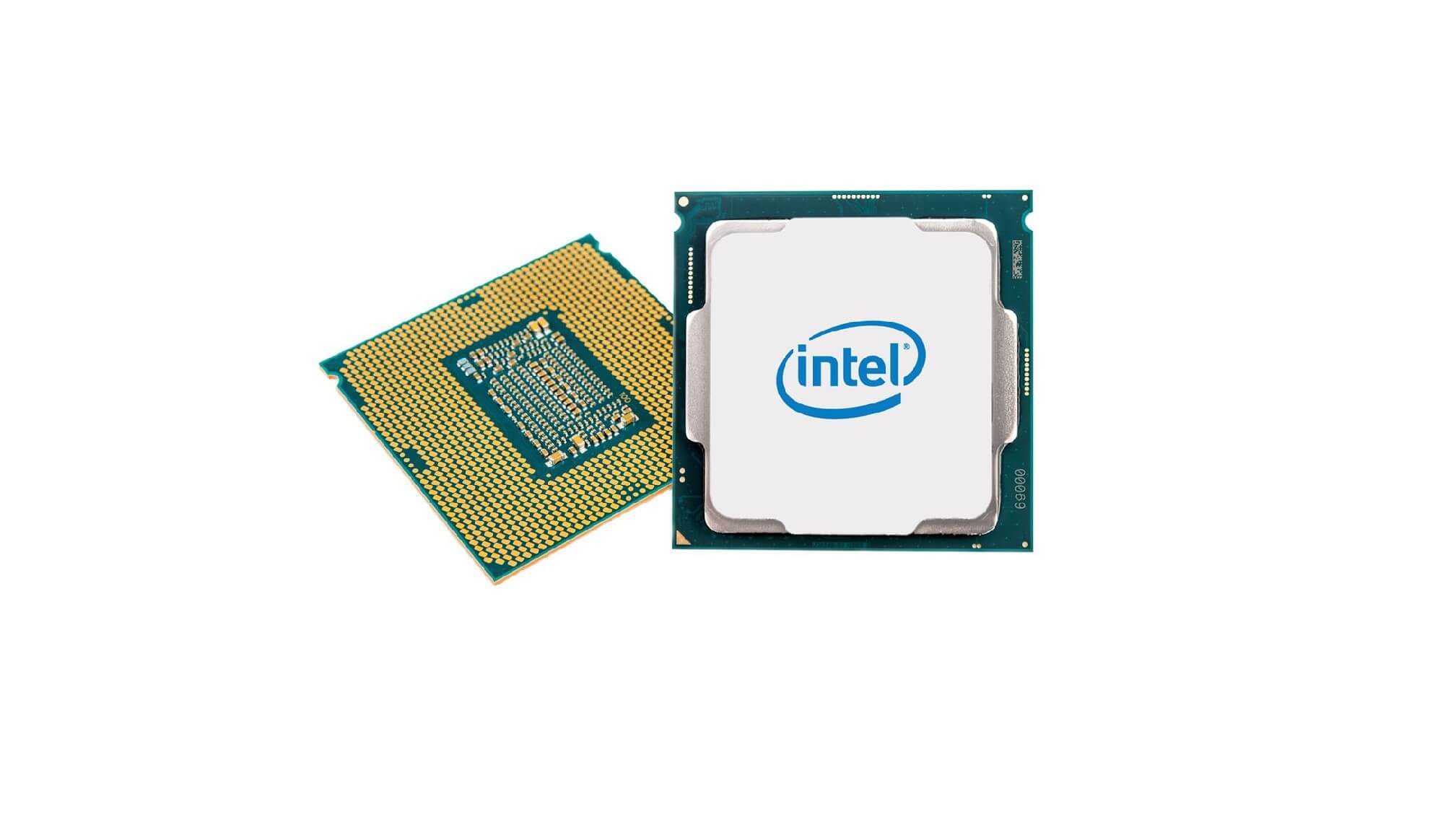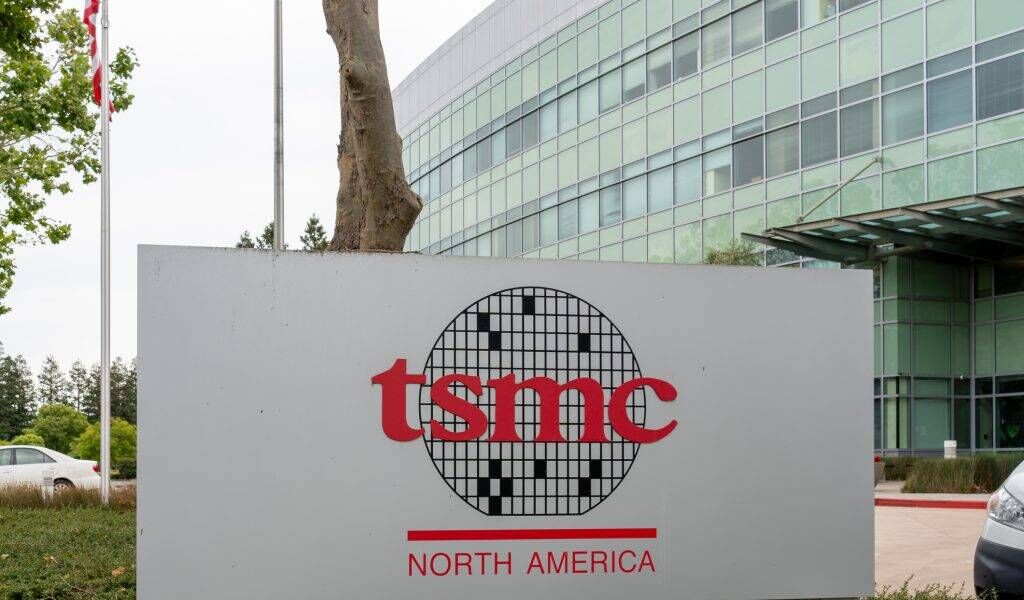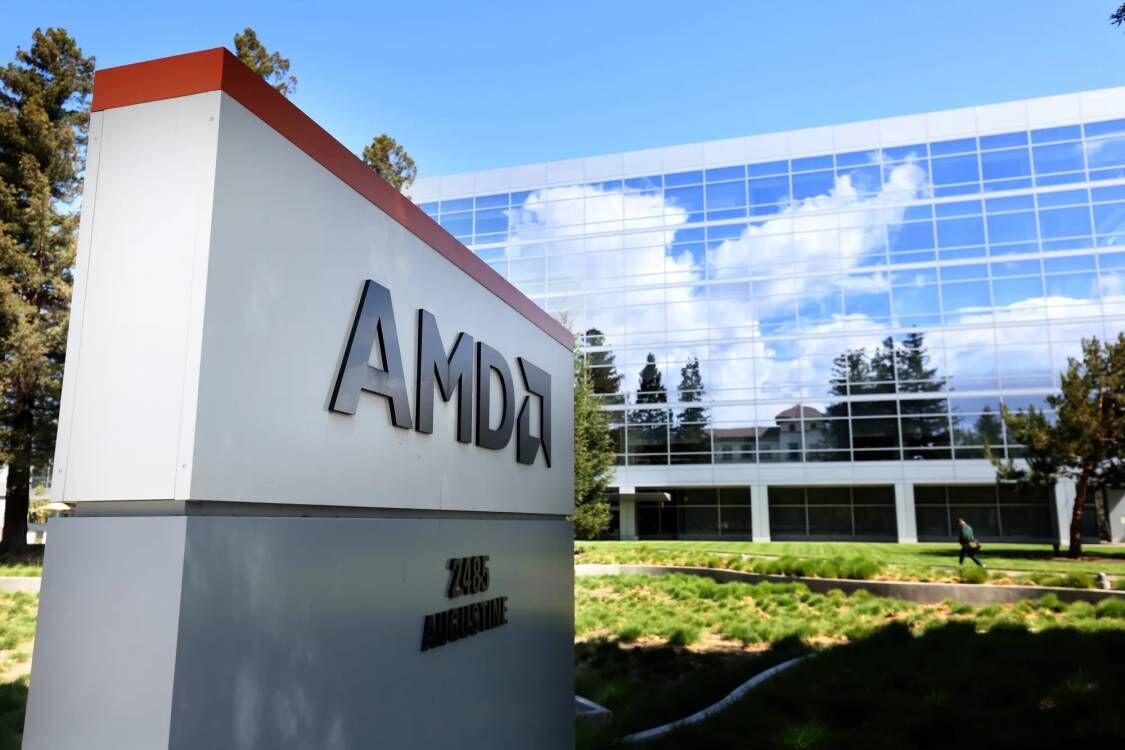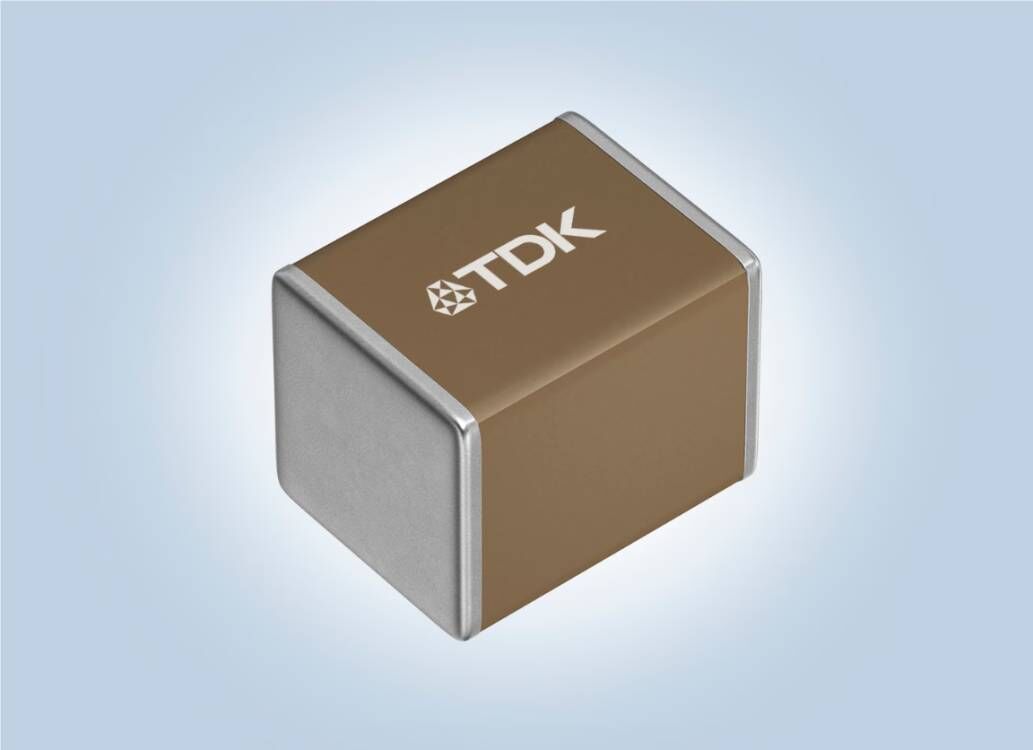Since Intel’s 14nm capacity shortage in the third quarter of last year, although Intel has increased its investment to increase its 14nm capacity, its impact has not been completely resolved.
Recently, Intel Japan President Kunisada Suzuki said in an event in Japan that the supply of Intel CPU will return to health in December this year.
Regarding the shortage of Intel's 14nm capacity, Intel's answer is due to the surge in demand in the data center market. According to Intel, the surge in data and the need to process, store, analyze, and share data is driving innovation in the industry, bringing high demands for cloud data, network, and enterprise computing performance.
In order to improve 14nm capacity, Intel has taken the following actions:
- Capital expenditures reached $15 billion in 2018, an increase of $1 billion from the beginning of 2018. These extra money was invested in 14nm fabs in Oregon, Arizona, Ireland and Israel to increase production capacity of 14nm.
- Improve the yield of the 10nm process and expect mass production in 2019.
- Take a customer-first approach and work closely with the client's team to balance supply and demand.
In addition, in terms of processor supply, Intel has also taken priority to meet the needs of high-end processors, including the Xeon and Core series, while some chipsets that were originally scheduled to use the 14nm process, such as H310 and B360, are now also being produced using the 22nm process, so new chipsets such as H310C and B365 have been introduced.
In fact, according to the supply chain and analysts' analysis last year, the tight supply of Intel CPU will be eased in the first quarter or second quarter of this year. However, as far as the current situation is concerned, it still takes a while.












All Comments (0)